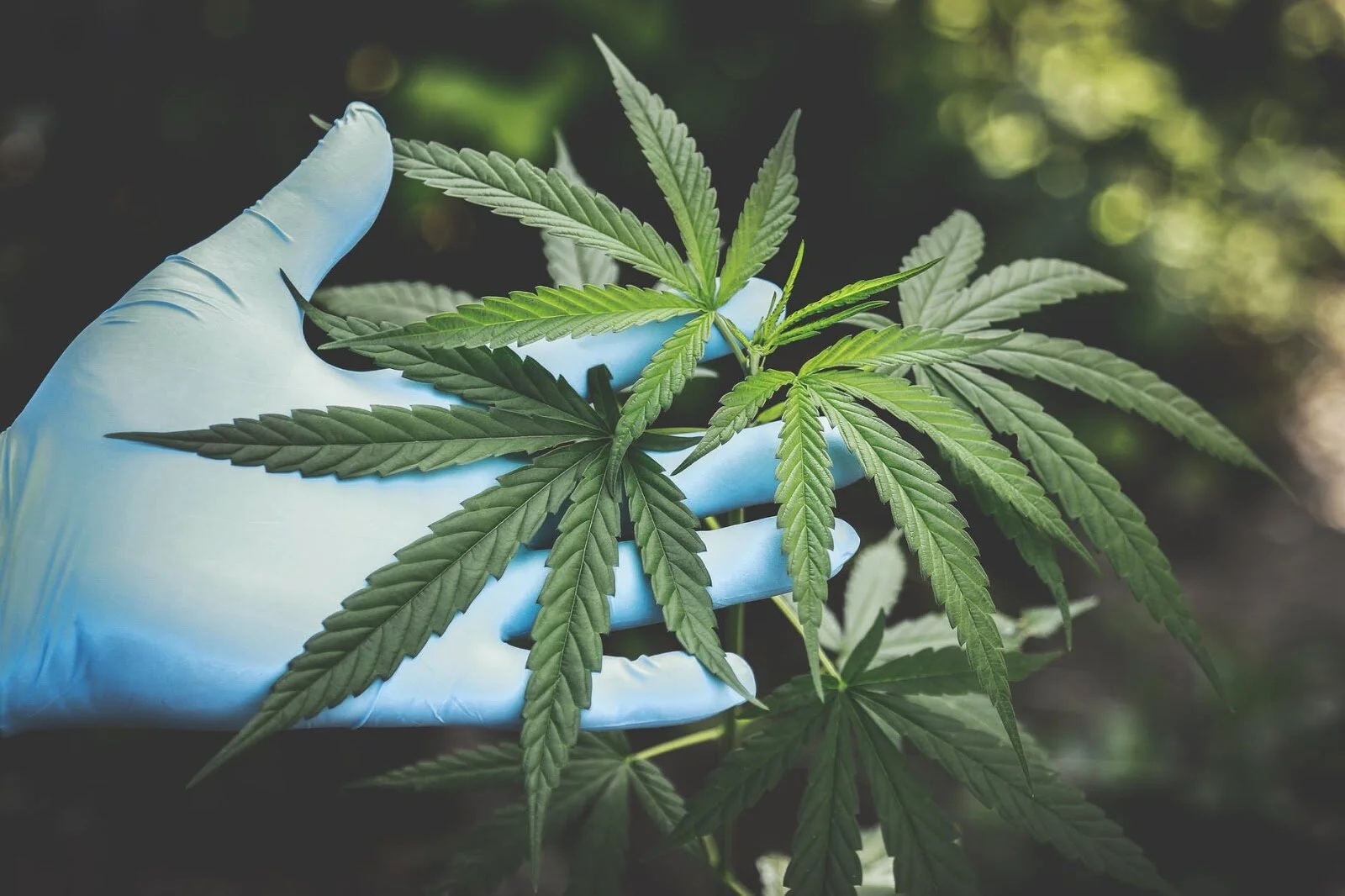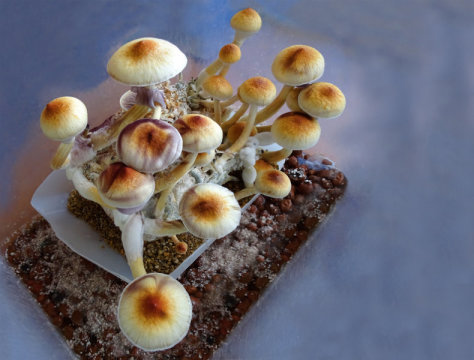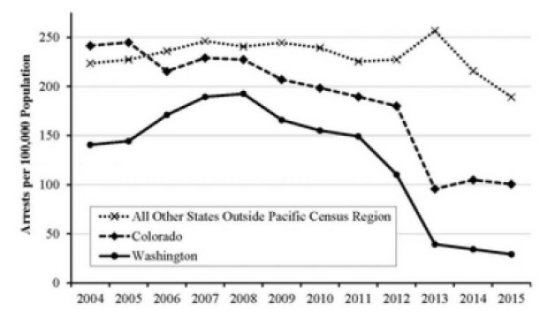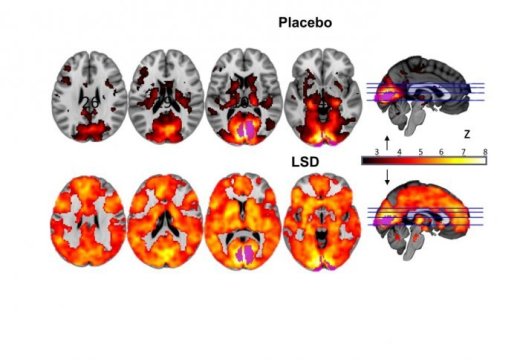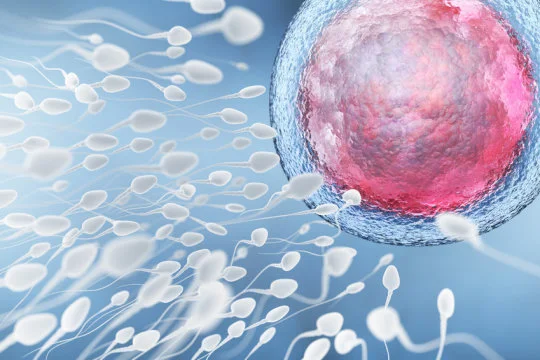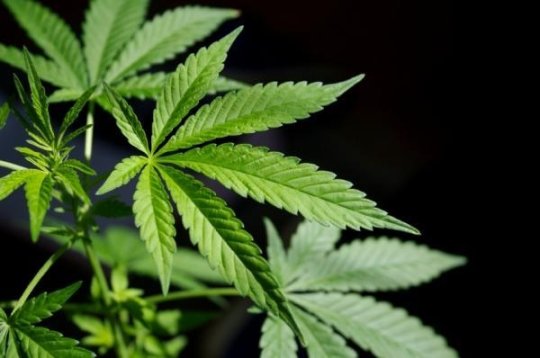
Qualified research on cannabis, medical marijuana and psychedelics
Cannabis/Medical Marijuana, Psychoactive/Psychedelic Research
Our goal is to provide you with the latest accurate, unbiased published scientific research from reliable sources to help you make the best decisions regarding your health and wellness. You will find nearly 4,000 articles in 12 categories covering a wide variety of issues. This includes over 500 articles on cannabis, the endocannabinoid system, psychoactive, psychedelic and medical/recreational/alternative drug research.
We present in an agnostic format. The information is in chronological order from the past two decades, to the extent possible.
Contact us if you have an article of interest you would like to suggest. We always appreciate your input and commercial-free contributions.
Authors/Contributors
How to submit a health/wellness news article
*Outside links to articles are not permitted
Articles are in chronological order, with occasional exceptions.
Crystals of N,N¬-dimethyltryptamine (DMT) imaged with polarizing microscopy. DMT is the active ingredient in the hallucinogenic drug ayahuasca. New studies from UC Davis using a rat model show that 'microdosing' or taking small doses of a psychedelic drug that do not cause hallucinations may have beneficial effects for mental health. Credit: Lindsay Cameron and Lee Dunlap
To produce cannabinoids in yeast (Saccharomyces cerevisiae), UC Berkeley synthetic biologists first engineered yeast's native mevalonate pathway to provide a high flux of geranyl pyrophosphate (GPP) and introduced a hexanoyl-CoA biosynthetic pathway combining genes from five different bacteria. They then introduced Cannabis genes encoding the enzymes involved in olivetolic acid (OA) biosynthesis, a previously undiscovered prenyl transferase enzyme (CsPT4) and cannabinoid synthases. The synthases converted cannabigerolic acid (CBGA) to the cannabinoid acids THCA and CBDA, which, upon exposure to heat, decarboxylate to tetrahydrocannabinol (THC) and cannabidiol (CBD), respectively. Credit: Jay Keasling lab, UC Berkeley
Marijuana growing. THC appeared to impact hundreds of different genes in rats and humans, but many of the genes did have something in common -- they were associated with two of the same major cellular pathways. Credit: © watman / Fotolia
Catnip has a well known effect on, its intoxicating highs are caused by nepetalactone, a type of chemical called a terpene. Credit: John Innes Centre
Liverwort (Radula perrottetii). Credit: University of Bern/Stefan Fischer
Psilocybe cubensis, 'magic mushrooms.' Credit: © aquatarkus / Fotolia
By studying the genome of a kind of octopus not known for its friendliness toward its peers, then testing its behavioral reaction to a popular mood-altering drug called MDMA or 'ecstasy,' scientists say they have found preliminary evidence of an evolutionary link between the social behaviors of the sea creature and humans, species separated by 500 million years on the evolutionary tree. Credit: Tom Kleindinst/Marine Biological Laboratory
From left to right: Nicholas DiPatrizio, Meera Nair, and Adler Dillman. Credit: I. Pittalwala, UC Riverside.
Marijuana arrest rates were already on the decline but plummeted after Colorado and Washington authorized retail sales late in 2012. Credit: David Makin, Washington State University
This figure shows the effects of three psychedelics and one control (VEH) on cortical neurons. Credit: Ly et al.
A test of tapping speed helps app users assess their level of impairment from marijuana use. Credit: Harriet de Wit
Researchers used cultured ovarian cancer cells to investigate the anti-cancer properties of hemp extract. Credit: Annie Wang
Ayahuasca is a blend of the Psychotria Viridis bush and the stems of the Banisteriopsis Caapi vine. Credit: Rafael Guimarães dos Santos
This chart from Brenner's study shows the number of plants per watershed and location of critical habitat for steelhead trout and Chinook salmon. Credit: Image courtesy of Ithaca College
Prof. Dr. Andreas Zimmer (left) and the North Rhine-Westphalia science minister Svenja Schulze (centre) in the lab of the Institute of Molecular Psychiatry at University of Bonn. Credit: © Photo: Volker Lannert/Uni Bonn
Image created using brain imaging technology, showing changes in neural signal diversity while under the influence of LSD. Credit: Image courtesy of University of Sussex
Artistic representation of LSD (in blue) fitting into a serotonin receptor (the white ribbon). Credit: Bryan Roth
Researchers reported that psilocybin decreased clinician- and patient-rated depressed mood, anxiety and death anxiety, and increased quality of life, life meaning and optimism. Credit: © Andrea / Fotolia
Researchers looked at the effects of both THC and cannabidiol (CBD) on rats' willingness to exert cognitive effort. Credit: Image courtesy of University of British Columbia
The areas that contributed to vision were more active under LSD, which was linked to hallucinations. Credit: Image courtesy of Imperial College London
UT Southwestern Medical Center. "Highest-resolution model to date of brain receptor behind marijuana's high”.
A rare metabolic disease that caused hundreds of seizures daily for 6-year-old Chloe Olivarez is now significantly under control as part of a clinical trial led by Dr. Juan Pascual that uses a medicinal oil for treatment. Credit: Image courtesy of UT Southwestern Medical Center
Brain activity under psilocybin with a decrease (blue) in evolutionary advanced brain regions and an increase (orange) in memory and emotion centres.
Credit: Image courtesy of Imperial College London
Tadpole eye stained to reveal cannabinoid receptors (red). A single fluorescently labeled cell (green) is shown at greater magnification to the right. Credit: Dr. Loïs Miraucourt
Illustration of sperm and egg cell. Credit: © Tatiana Shepeleva / Fotolia
Cannabinoids, organic compounds occurring i.a. in cannabis, play a major role in many stages of type 2 diabetes development. In the picture: Prof. Agnieszka Dobrzyn from the Nencki Institute of Experimantal Biology in Warsaw in the lab. Credit: Nencki Institute, Grzegorz Krzyewski
A study by Canadian researchers is providing a clearer picture of the evolutionary history and genetic organization of cannabis. Credit: Jonathan Page
Non-smoking volunteers are exposed to cannabis smokers' secondhand smoke for one hour in an experimental chamber at Johns Hopkins. When ventilation fans were turned off, as in this image, all non-smokers showed detectable levels of cannabis' active ingredient in blood and urine, and reported feeling effects of the drug. Credit: Johns Hopkins Medicine
Increased levels of the body’s own cannabinoids impair embryonic brain development. Credit: Image courtesy of Medical University of Vienna
A new study has implicated the blocking of endocannabinoids -- signaling substances that are the brain's internal versions of the psychoactive chemicals in marijuana and hashish -- in the early pathology of Alzheimer's disease. Credit: © James Steidl / Fotolia
Researchers have now shown that psilocybin, the bioactive component in the Mexican magic mushroom, influences the amygdala, thereby weakening the processing of negative stimuli (stock image).
Credit: © Zerbor / Fotolia
fMRI scans showed reduced blood flow in the visual cortex (back of the brain) and in the limbic system (middle of the brain) under MDMA.
Credit: Imperial College London
Psilocybin, a hallucinogen produced by 'magic mushrooms', has been linked to long-lasting personality changes, according to new research. Credit: © cbaloga / Fotolia
Cannabis has long been recognized as a medicinal plant. Researchers from ETH Zurich and Bonn University have now established anti-inflammatory properties in hemp oil. Credit: iStockphoto/Tatyana Ogryzko
Sachin Patel, M.D., Ph.D., right, Teniel Ramikie, and colleagues found cannabinoid receptors in a part of the brain involved in regulating anxiety. Credit: Joe Howell
Oil from non-drug varieties of hempseeds are full of health-promoting compounds. Credit: American Chemical Society
The main active ingredient in cannabis, THC, acts on the brain through CB1 cannabinoid receptors located in the neurons. THC binds to these receptors diverting them from their physiological roles, such as regulating food intake, metabolism, cognitive processes and pleasure. When THC overstimulates CB1 receptors, it triggers a reduction in memory abilities, motivation and gradually leads to dependence. Credit: © Derek Shore, Pier Vincenzo Piazza and Patricia Reggio
Marijuana. A major downside of the medical use of marijuana is the drug's ill effects on working memory, the ability to transiently hold and process information for reasoning, comprehension and learning. Researchers now provide new insight into the source of those memory lapses. Credit: © Katrina Cooper / Fotolia
Researchers from the Universities of Bonn and Mainz have discovered a mechanism that seems to protect the brain from aging. Credit: Image copyright University of Bonn
Hemp was raised for its fiber — which is similar to cotton but more durable — in the United States until legislation outlawed all Cannabis plants because they contain THC. Today, marijuana contains as much as 25 percent THC, whereas hemp plants contain less than 0.3 percent. Credit: iStockphoto/Jörg Lange
Neuronal circuits in the spinal cord. When activated, pain fibres known as C-nociceptors release the excitatory chemical messenger glutamate in the spinal cord. This not only excites spinal neurons directly but also stimulates the production of endocannabinoids, which in turn reduce neuronal inhibition. Touch-evoked signals can now spread to pain cells. Credit: Hanns Ulrich Zeilhofer/ETH Zurich
Path of FABPs as intracellular carriers for AEA. Credit: Martin Kaczocha, Stony Brook University
Recent research on rats indicates that at least three receptors in the brain are activated by the synthetic drug, which is similar to marijuana. These receptors are proteins within the brain's endocannabinoid system. Credit: iStockphoto
The CB2 cannabinoids receptor is expressed in the cells that will form microglia, the main immune defence of the central nervous system. Credit: Photograph: UCM
Smoking incense burner in Nepal. Credit: iStockphoto/Yungshu Chao
This composite image from the 16 study volunteers' brains shows that the amygdala was the site of the largest difference in brain response to emotional images after volunteers received either THC or placebo. Credit: Image courtesy of University of Michigan Health System
CBD, a compound found in Cannabis sativa, could be the first non-toxic agent to show promise in treating metastatic forms of breast cancer. Credit: iStockphoto
Peter Thanos. Credit: Image courtesy of Brookhaven National Laboratory





